Jack Of All Trades
The Sony 24-105mm f4 G OSS is a mouthful to say (or write) and packs a powerful punch in a relatively small package. Often hailed as one of the best and most versatile travel lenses for the Sony full-frame (FE) system, does this still hold up in 2024 with an increased amount of competitors?
Check Prices for the Sony 24-105mm f4 Lens
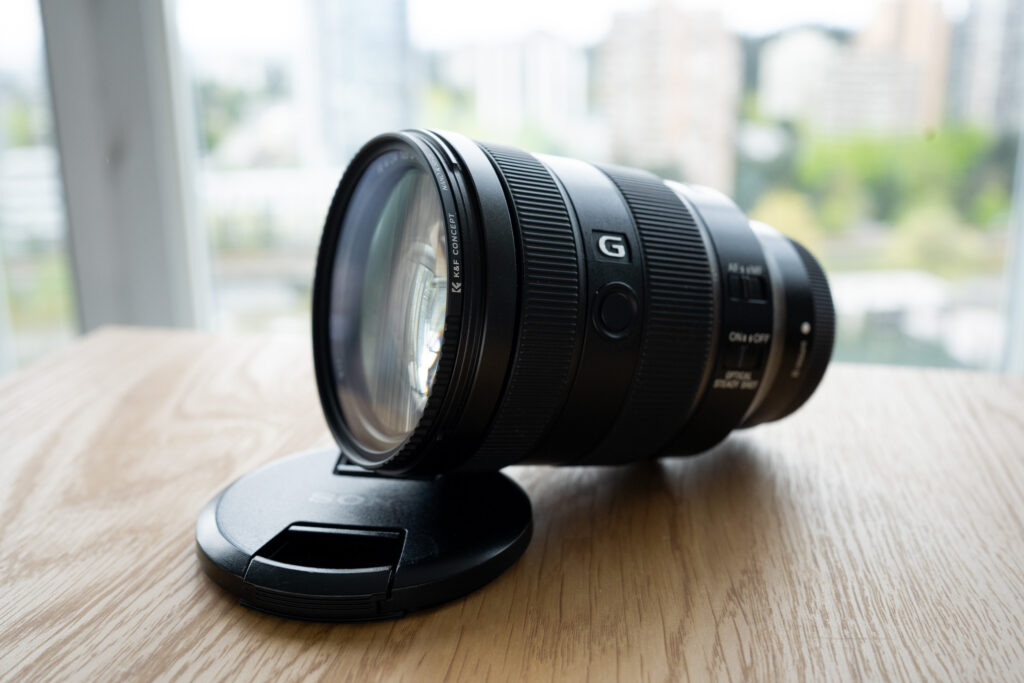
General Specifications
- Focal Length: 24-105mm
- Maximum Aperture: f/4
- Minimum Aperture: f/22
- Lens Mount: Sony E-mount
- Format Compatibility: Full-frame
- Angle of View: 84° to 23°
- Minimum Focus Distance: 1.25′ / 38 cm
- Maximum Magnification: 0.31x
- Optical Design: 17 elements in 14 groups
- Diaphragm Blades: 9, rounded
- Image Stabilization: Yes (Optical SteadyShot)
- Autofocus: Yes
- Filter Size: 77 mm
- Dimensions: 3.28 x 4.46″ / 83.4 x 113.3 mm
- Weight: 23.4 oz / 663 g
- Release date: November 2017
Travel Experience Around Europe
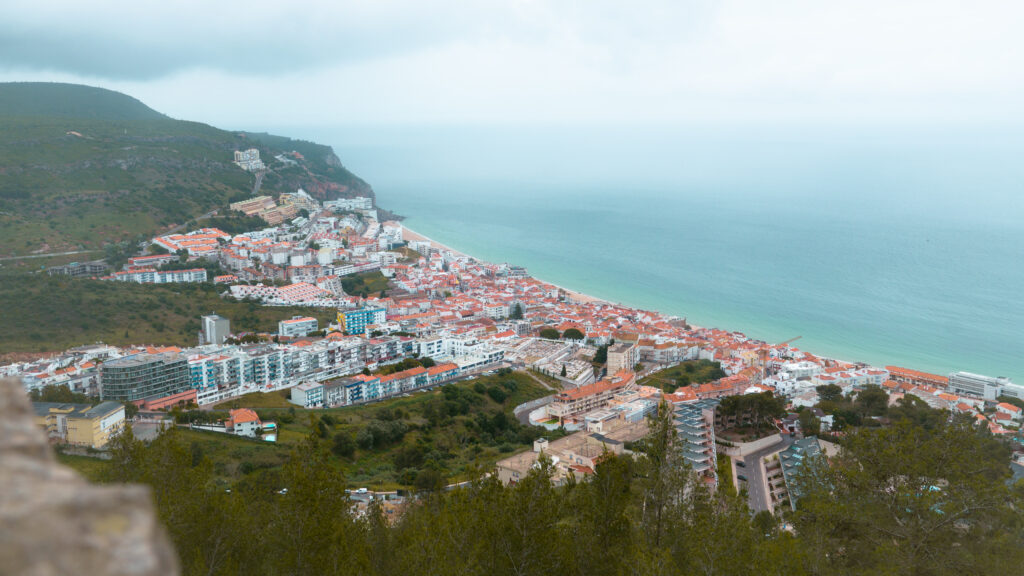
Very similar to the Sigma 24-70mm, once the 24-105mm went on my Sony A7C, it rarely ever left. The versatility in focal length coverage, combined with built-in Optical SteadyShot, and being relatively lightweight, made this lens a nearly perfect all-rounder for a vacation lens.

I found that the size factor rarely was an issue paired with the relatively smaller A7C (compared to other full-frame Sony bodies). The only real trade-off is the smaller max aperture compared to a Sigma 24-70mm f2.8, but I found the difference not as noticeable as anticipated, as shooting longer lengths with better care for framing, still resulted in strong depth-of-field effects. Still, this does affect general nighttime performance, resulting in likely higher ISO readings for those darker shots.
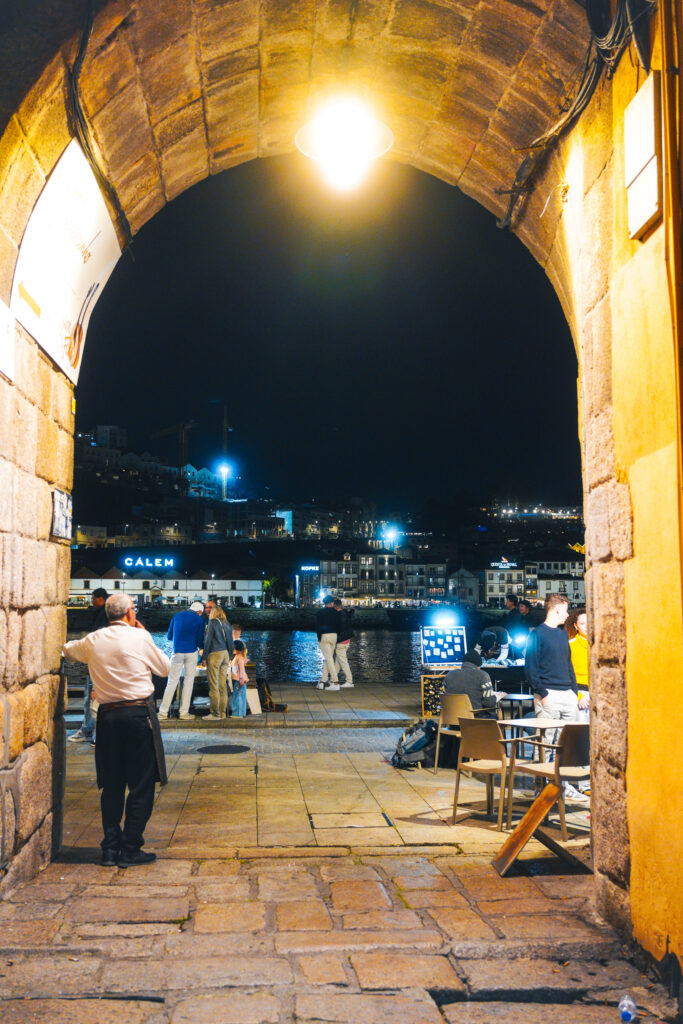

The recent introduction of Denoise AI in Adobe Lightroom/Photoshop may greatly reduce the higher ISO tradeoff, however.
Optical Quality
I’ll start this section off by saying that I’m by no means a pixel peeper. I often pair plenty of older manual film lenses with my Sony bodies, and I believe every lens with imperfections lends itself a unique character. That said, sharpness is important, and if your use case is in a more professional setting, you may be seeking an ‘optically perfect’ sharp image.
Sharpness
Overall, I found sharpness to be excellent, especially at the center, and sharper at wider focal lengths (24-35mm) vs. the telephoto focal lengths (70mm-105mm).



Contrast, Dynamic Range
I found the contrast, flare control, and dynamic range for the 24-105mm to be excellent. In the rare instances where I shot a subject with a very bright background, the level of detail on the subject was still very strong, and overall contrast did not suffer more than other lenses I’ve tested.


Aberrations, Distortion
Overall, I did not notice much aberration at all with this lens. However, I have read that this begins to crop up slightly at the longer focal lengths. Aberration is a complete non-issue, in my opinion.
Vignetting is slightly heavy at wider lengths (24-35mm), but in my opinion, this is simply a visual characteristic of the lens, and not a flaw (and can very easily be removed via Lightroom’s lens correction function anyway).
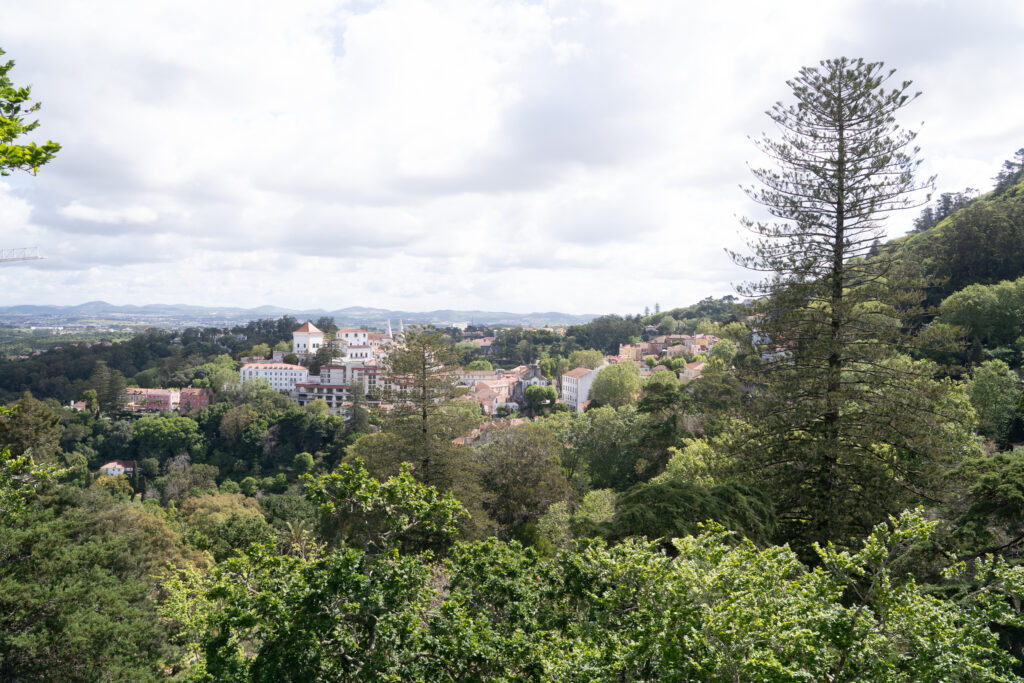
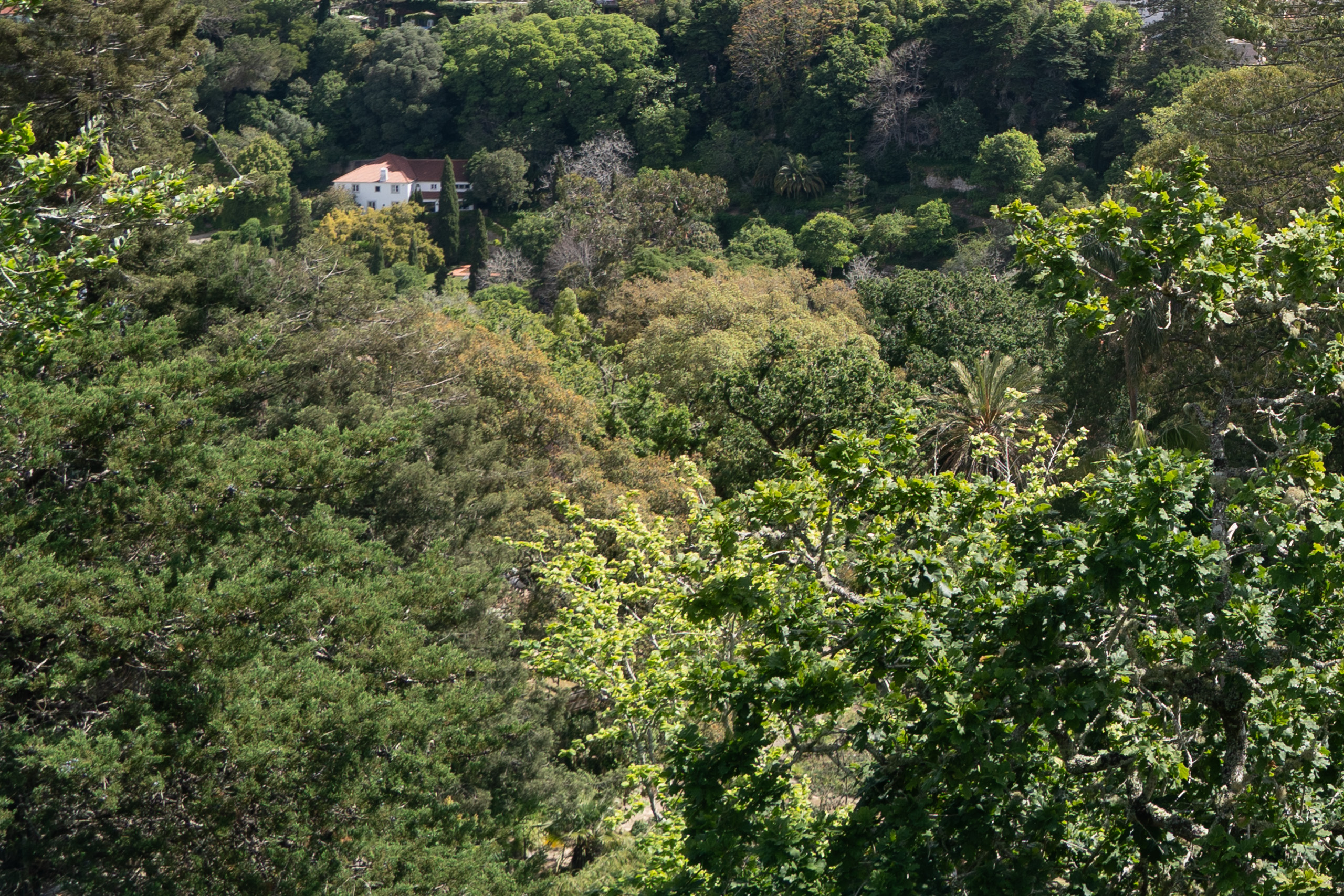
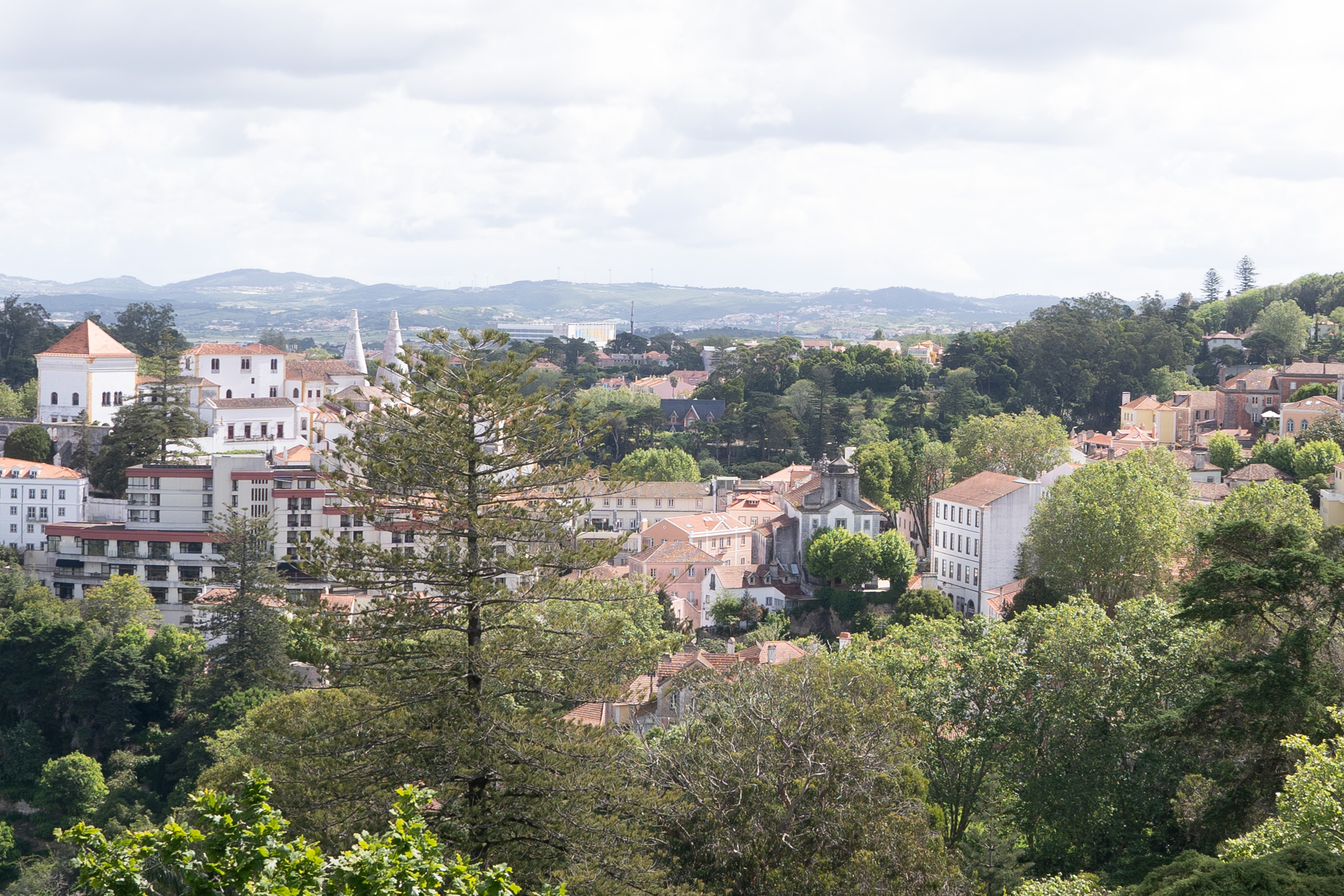
Focus Performance
I found focus performance to be good with the Sony 24-105mm f4, boasting a silent focus and quick focus motor. Continuous auto-focus performance combined with eye-tracking in the A7C was great for moving subjects. However, the f4 limitation becomes clearer in lowlight as the lens will focus hunt more often than I’d like, and more often vs. the Sigma 24-70mm that I had travelled with prior. Again, tradeoffs for this amount of focal length coverage in a small package.
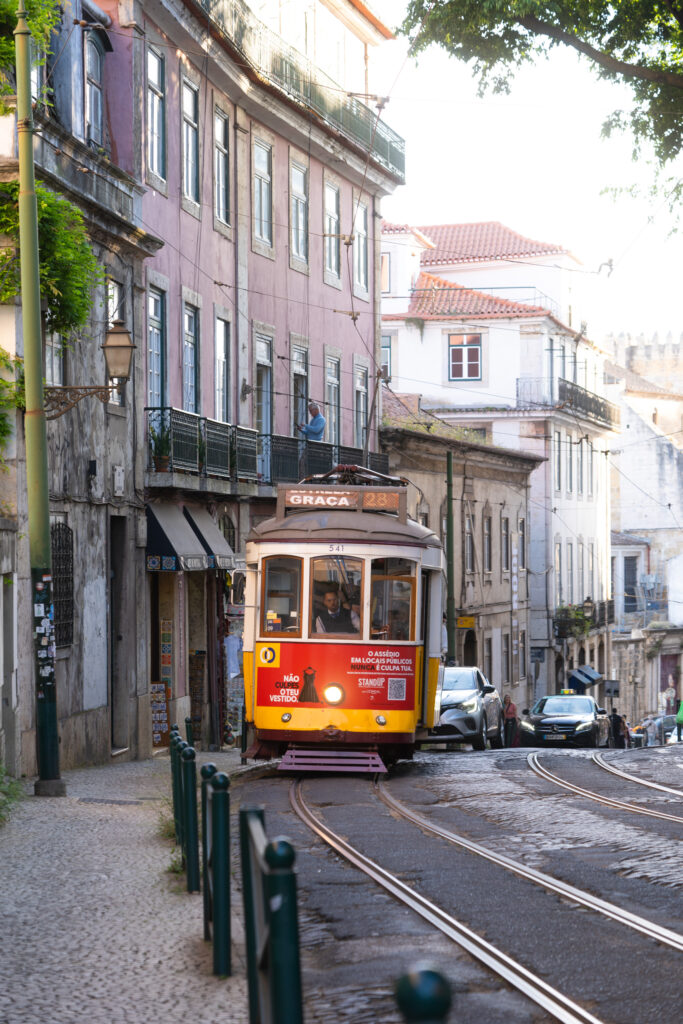

Affordability
The Sony 24-105mm f4 is brand new for sale online at ~$1300 USD/$1775 CAD. However, given the age of the lens now, the secondhand market has plenty to offer, and can often be found at ~$730USD/$1000 CAD either on eBay, or Facebook Marketplace.
Competitors and Conclusion
The Sony 24-105mm f4 has had a few competitors release comparable alternatives since its release in 2017. A few of the primary alternatives would be the below:
- Tamron 28-200mm f2.8-5.6 (June 2020)
- The Tamron boasts a very long focal length, with the tradeoff of losing 1-stop of light at the telephoto end, the lens also isn’t as sharp, with the build quality not as strong
- Sigma 24-70mm f2.8 (November 2019)
- The Sigma boasts sharper imagery, a wider aperture, at a relatively comparable size package, but is much heavier
- Tamron 28-70 f2.8 G2 (April 2024)
- The Tamron boasts sharper optics at a lower price, but you lose the telephoto reach
- Tamron FE 28-75mm f/2.8 Di III RXD (May 2018)
- The Tamron is lighter, and a smaller thread size makes it more portable

As with all lens choices, much of the decision is up to the photographer’s personal style, and cost/benefit tradeoffs. Between the group above, I’d still choose the 24-105mm f4 if I could only have one for travel. This is primarily due to the 24-105mm f4’s:
- Focal length coverage is nearly unbeatable given the constant aperture
- Weight and size are nearly as efficient as possible given the focal length coverage, optical quality, SteadyShot capabilities
- Ability to be both a photography and videography lens (with no reliance on post-processing stabilization)
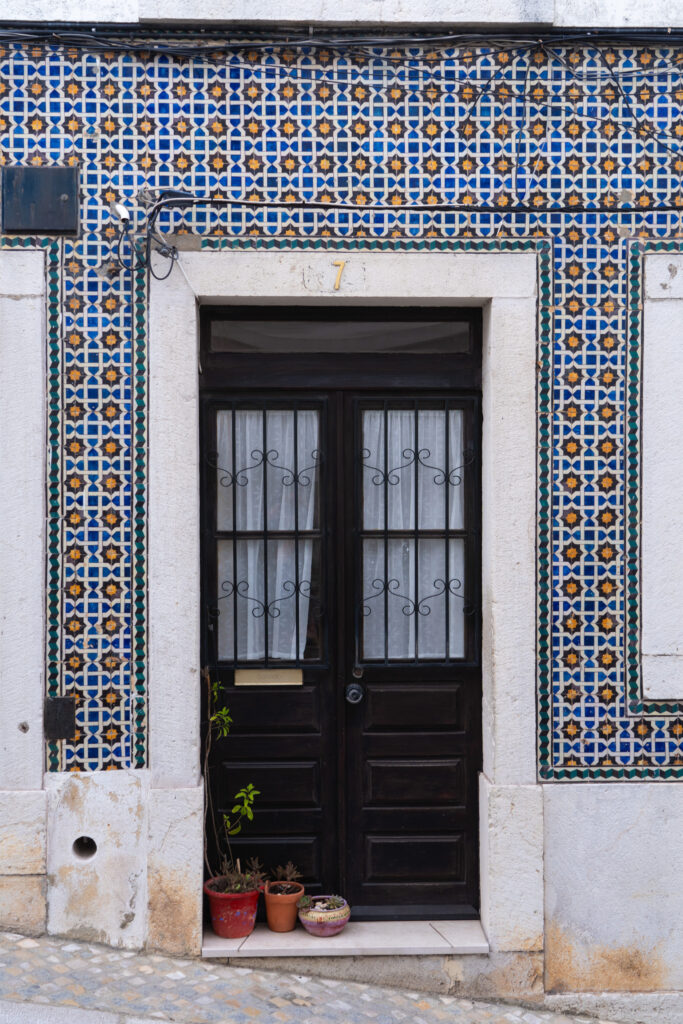

Yes, it’s absolutely still at the top of the list for travel lenses in 2024. Buy this lens new/used, take it on a trip, and realize how little it’ll come off your camera body. Those who want deeper depth-of-field/bokeh from a travel zoom should look at the Sigma 24-70mm f2.8, or the Tamron 28-70mm f2.8 G2, but know you’d lose the telephoto reach.
Check Prices for the Sony 24-105mm f4 Lens
More Sample Photos
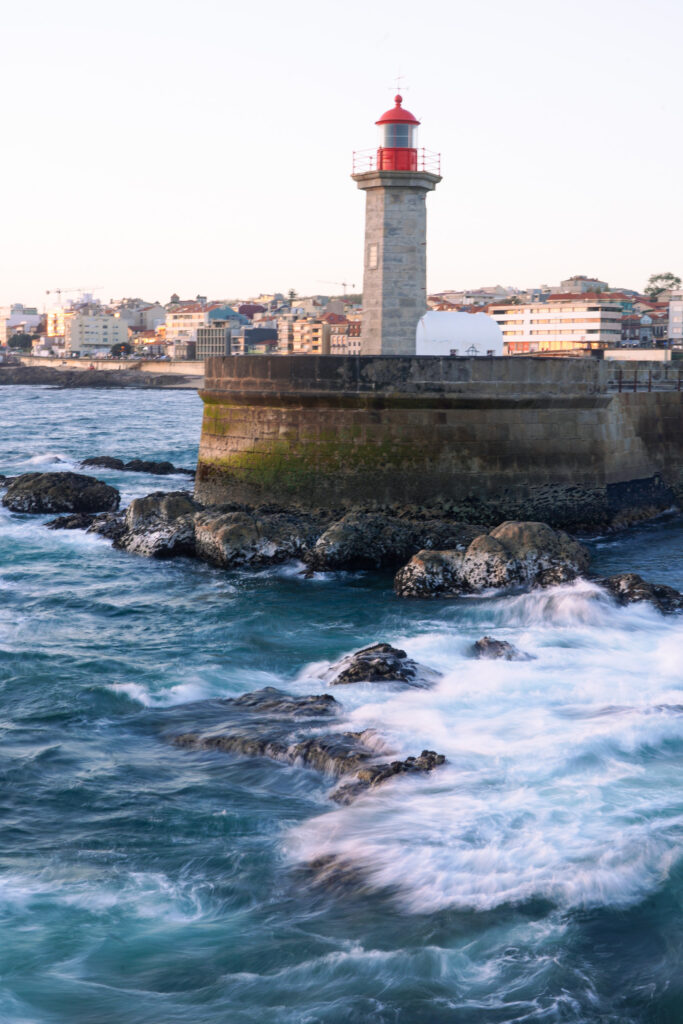
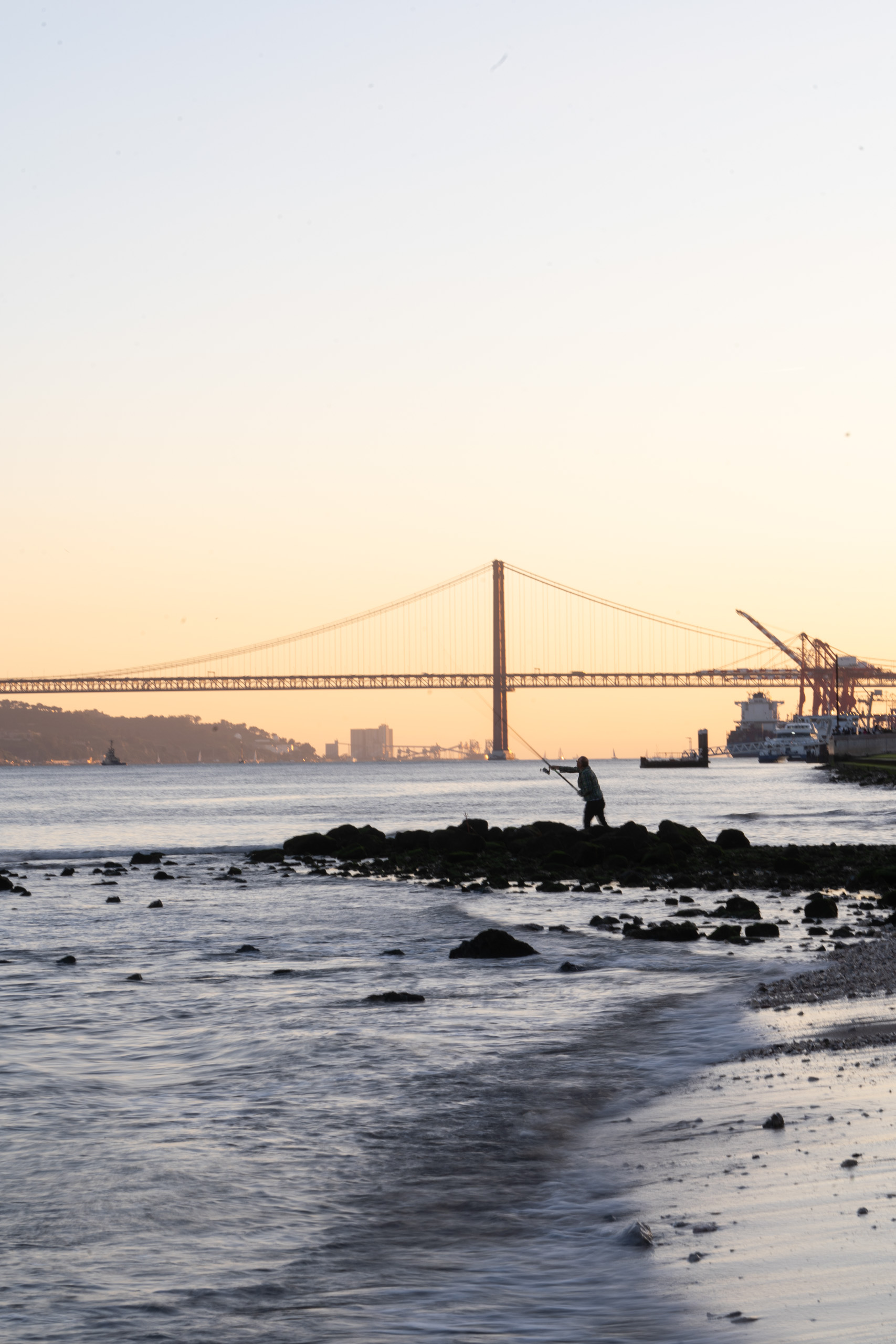


Thanks for Reading!

My name is Alex Lau, and I’m a travel blogger and photographer. I’ve worked in the automotive digital marketing business for 6+ years before I decided to uproot and explore this little blue marble we find ourselves on, meeting new people, telling their stories, and discovering new places.
Follow me on Instagram | Contact me for partnerships
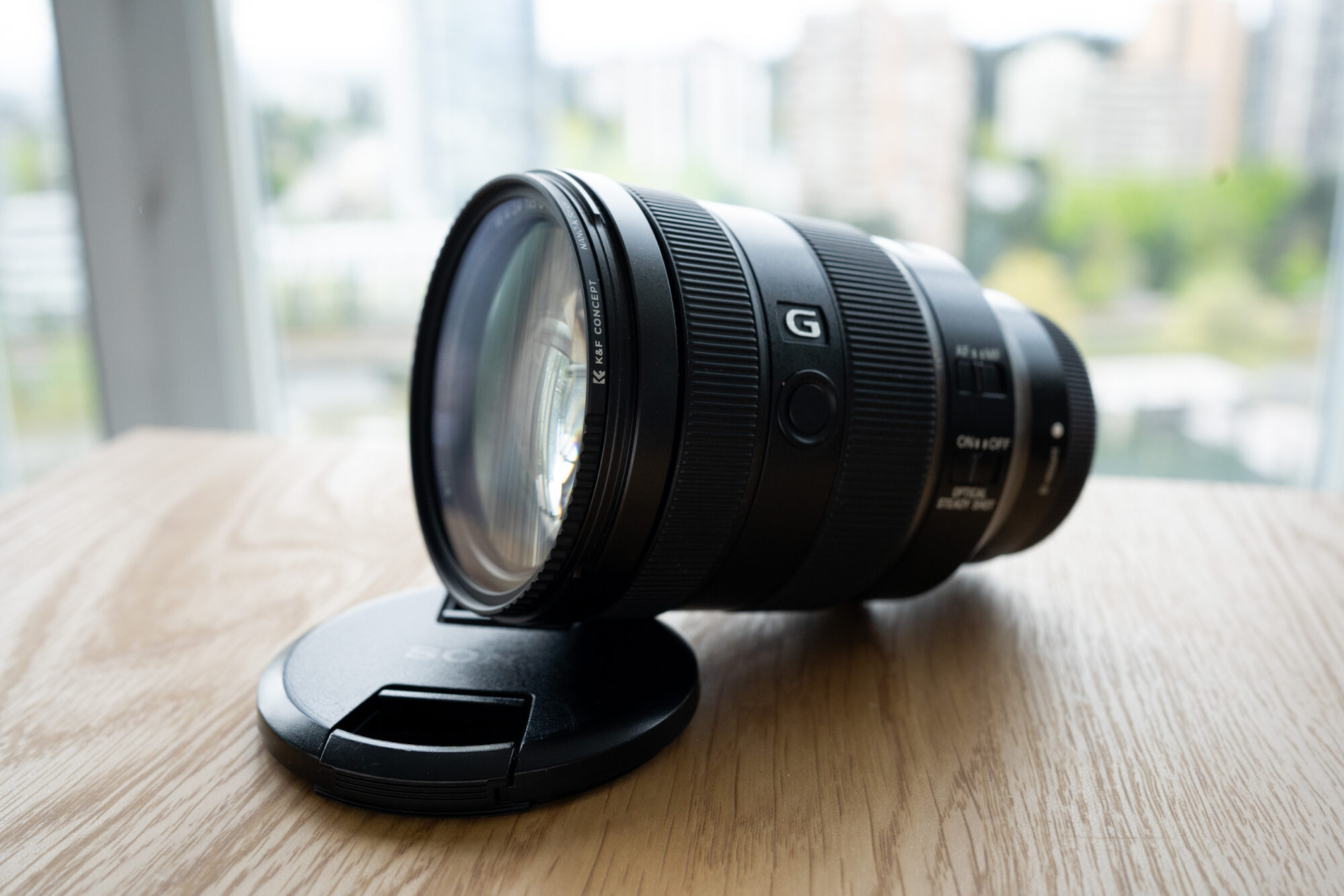
Pingback:Minolta 24-105mm f/3.5-4.5 Review: Is This Lens from 2000 Still Worth it in 2025? (w/ Sample Photos) | Alex Lau | Travel Guides, Recipes, Reviews
I found the Sony 24-205mm to be an excellent lens, bought instead of the heavier original 24-70 GM. It was sharper than I’d imagined and better than my prior experience with a Nikkor 24-120 (before I switched from N to S). Just about OK as a single travel lens, but f4 was very restricting. Also as a photo nut, I wanted to go wider and longer too when travelling so would usually want an additional wide (eg 20mm) and some tele capability (min 135, but ideally up to 200mm).
When the better mkii 24-70 f2.8 GM was launched I bought that and sold my 24-105.
In summary 24-105 was great, especially for OSS, but ultimately restricting, such that I could never bear to travel anywhere interesting with just one lens. Currently I own 16 Sony lenses so I’m not very typical in that I won’t travel without at least one fast prime and at least two zooms.
Pingback:Is the Sony RX100V Worth It As a Travel Camera In 2024? (w/ Sample Photos) | Alex Lau | Travel Photographer, Reviews